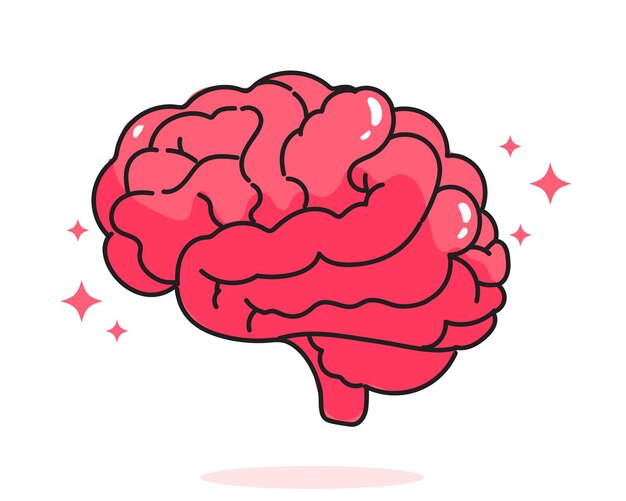A brain is an organ that serves as the center of the nervous system in all vertebrate and most invertebrate animals. The brain is located in the head, usually close to the primary sensory organs for vision, hearing, olfaction, taste, and touch. The brain is the largest and most complex organ in a vertebrate’s body. In a typical human, the cerebrum has a mass of about 1.3 kilograms (2.9 lb). It contains more than 86 billion neurons (nerve cells), as well as roughly 150 million glia cells that provide structural support and metabolic assistance for neurons.
Neuroscientists generally divide the mammalian brain into five main lobes: telencephalon or forebrain; diencephalon or midbrain; mesencephalon or hindbrain; pons; and cerebellum. Each lobe performs different functions:
The Telencephalon or Forebrain consists of two cerebral hemispheres connected by the corpus callosum. It controls higher cognition including language, memory, consciousness etc., via subcortical structures such as thalamus and basal ganglia.
The Diencephalon or Midbrain lies between the telencephalon and rhombencephalon/hindbrain. Its main function is to relay information between different regions of the brain and spinal cord.
The Mesencephalon or Hindbrain includes parts such as pons and medulla oblongata which are responsible for functions like movement coordination, breathing etc.. The Metencephalon consists of cerebellum which helps control motor movement coordination & balance along with some cognitive functions like attention & short term memory recall etc..


